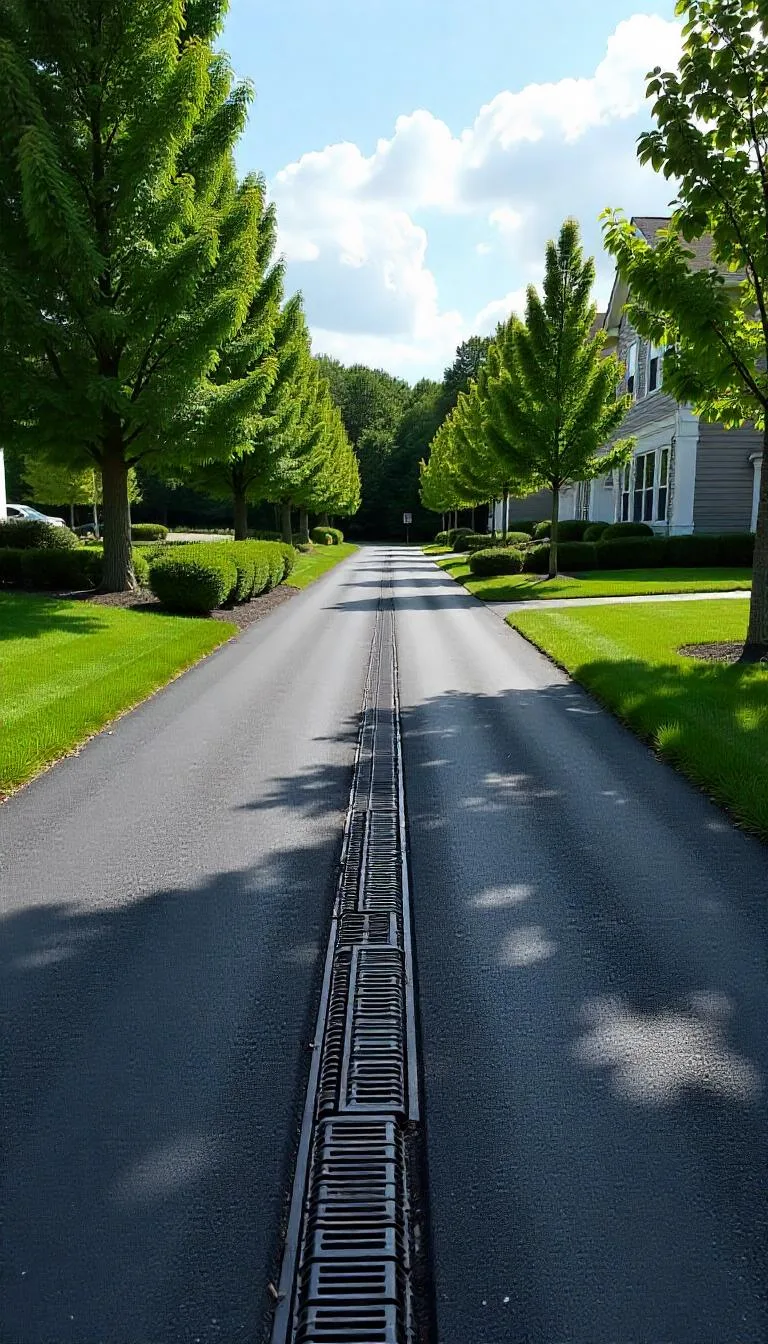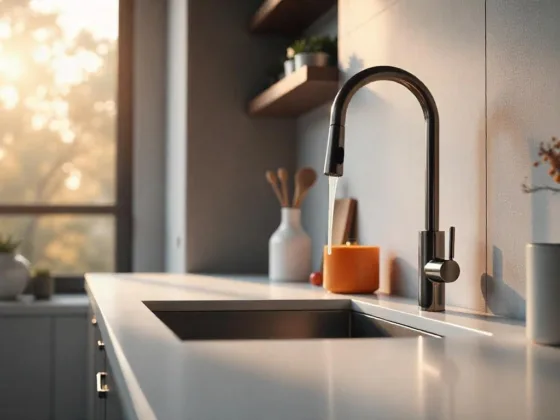Table of Contents Show
Driveways are a core part of your property structure, adding both convenience and aesthetic appeal. However, your driveway is also the one element of the house that undergoes maximum wear and tear and is exposed to chemicals (engine oils) and natural elements (rain, snow, and UV rays).
Despite their importance, they often get the least attention in terms of maintenance. For example, if your driveway is cracked or patched, you may need to consider asphalt or tar and chip surfacing.
To make sure your driveway stands the test of time and to avoid constant repairs and unnecessary expenses, it’s important to get the construction right from the start. In this article, we’ll walk you through some of the most common driveway construction mistakes you should avoid at all costs.
The driveway is one of the most important parts of your home. Even before your guests enter your home, they have to go through the driveway, and so do you in your vehicle. It is also the part of your home that might have the most wear and tear because it is subjected to harsh weather conditions and daily vehicle movements.
1. Ignoring Potential Drainage Issues
The UK weather, which often includes frequent showers, requires homeowners to pay proper attention to drainage when constructing their driveways. Speak to the local aggregate company and resurfacing professionals to understand the best material to be used for the sub-layer and for surfacing.
During the planning process itself, you should consider how the slope of the driveway will lead to proper drainage points. Additionally, you could consider installing a soakaway system, especially if your area is prone to heavy rainfall.
2. Not Thinking Long-Term
Many homeowners approach driveway construction without fully considering their long-term needs, resulting in costly changes later. Before you start, think about how your driveway’s usage may evolve. Selecting the right materials with long-term durability and maintenance in mind is essential.
Another critical element to consider is the type of landscaping around your driveway. Mature trees can enhance your appeal, but their roots may destroy the foundation of your driveway.
3. Poor Planning and Lack of Permissions
Driveway construction projects often fail because many homeowners try to DIY it themselves or work with an inexperienced professional. If your driveway is larger than 5 square metres, or if your home is next to a highway and the driveway serves as a connection, you’ll likely need planning permission.
Instead of spending time and effort redoing the driveway construction due to poor planning or missing permits, it’s always best to partner with experienced professionals who understand the regulations and can get it right the first time.
You also need to consider practical details, like whether there’s a tree nearby whose roots could cause cracks in your driveway or whether the space can comfortably accommodate your vehicles. Asking yourself these questions before you start construction will save you a lot of headaches later.
4. Not Keeping Track of Underground Services
Excavating without first locating and marking utility lines can be very costly, not just for you but for your entire neighbourhood. It’s essential to identify these lines before you start digging, as hitting a gas line or other utilities can be dangerous. Always take the time to ensure safety before beginning any excavation work.
Keep track of important utilities like your water, electricity, gas, and fibre optics lines and mark them in multiple places so that it’s harder to miss. Additionally, you could also personally supervise the excavation stage to avoid a neighbourhood-wide outage.
5. Cutting Corners with Low-cost Options
It’s perfectly understandable to want to save money, especially in this economy, where the cost of building or renovating a home can be steep. However, there is a huge difference between getting a fair quote from a trusted supplier and looking for the cheapest option available without doing any due diligence. Going for the lowest price often comes at the cost of poor workmanship and low-quality materials, which can lead to costly repairs down the line.
When comparing quotes, consider the services being offered, such as ground preparation, drainage, and sealant. Always review a contractor’s previous work and, if possible, speak with past clients.
6. Not Being Patient
When it comes to construction or repair, it’s very important to be patient to ensure that everything is done right, especially with driveway construction. For example, if your bottom layers are not laid correctly, they will cause your driveway to sink or develop cracks.
There is no use in setting strict deadlines if it will compromise the quality of work. It’s best to give the experts the time they need to follow proper procedures so that you can avoid additional problems in the future.
7. Forgetting About Ongoing Maintenance
While we are particular about cleaning our gardens and the interior of our home, driveways are often neglected. Ongoing maintenance can help avoid unnecessary repair work, ghastly oil stains, cracks, and drainage issues.
Regularly sweep and clean the driveway to remove debris and stains, and check for any cracks and potholes and repair them immediately. You can also add a sealant every two to three years to protect the driveway surface from natural elements such as water and UV rays.
Summing It Up
Driveway construction may seem simple, but a lot is going on below the surface. From choosing the right materials to ensuring proper installation, every step matters. Once the construction is complete, ongoing maintenance is just as important to keep your driveway in good shape.
When you don’t do your due diligence, you are only causing harm to your property while setting yourself up for costly and time-consuming repairs.
While DIY has its charm, for projects like these, it’s best to trust an expert who has seen and fixed it all.
FAQs
Some common mistakes include not properly preparing the subgrade, choosing the wrong materials, neglecting drainage, not considering the slope, and failing to allow for expansion and contraction.
Proper subgrade preparation establishes a sturdy foundation for your driveway, preventing issues like cracks and uneven surfaces. It also helps distribute vehicle weight evenly, reducing the risk of settling over time.
Insufficient drainage can result in water pooling, leading to surface erosion, cracks, and structural damage. Planning for adequate drainage is essential to safeguard your driveway investment.
Avoid low-quality materials that are not suitable for your local climate. For instance, certain asphalt mixes may not endure extreme temperatures, causing premature deterioration.
Absolutely! The slope plays a vital role in efficient water runoff. A proper incline helps prevent water accumulation on the surface, averting long-term damage. Typically, a 1-2% slope away from the house is recommended.










